When it comes to choosing a creative career, deciding between copywriting and graphic design is a huge step. Both fields offer opportunities to work in marketing, advertising, and content creation, but they cater to different strengths.
Copywriting is all about using words to sell, educate, or persuade. Graphic design? It’s about creating visuals that communicate a message quickly and powerfully.
Both are in demand, but which one is right for you? The answer depends on your skills and passions—do you think in words or pictures?
Let’s break it down.
What is Copywriting?
Copywriting is the skill of using words to persuade people to take action—whether it’s buying a product, signing up for a newsletter, or clicking through to a website.
At its core, copywriting is all about converting attention into action. It’s not just writing for the sake of writing; it’s about crafting a message that resonates with a specific audience and drives them to make a decision.
Good copywriters have a deep understanding of human psychology—they know what motivates people, what catches their attention, and what gets them to act.
It’s everywhere—ad campaigns, email marketing, product descriptions, website copy. And it has one goal: to sell something or persuade someone.
The trick is doing it in a way that feels genuine. If you sound too much like you’re trying to sell, people will tune out. That’s why successful copy is subtle—it solves a problem the audience didn’t know they had, in a way that feels natural.
But here’s the thing: copywriting is never one-size-fits-all. B2B copy looks different from B2C copy. A long-form sales page for a $5,000 service looks different from a Facebook ad for a $50 product.
But the principles are the same. It’s all about focusing on benefits over features, telling a story, and keeping the message simple and clear.
What is Graphic Design?
Graphic design is the visual communication of ideas and messages through imagery, typography, and layout. It’s about creating something that looks great but also delivers a message quickly and effectively.
Whether it’s a logo, a website, a billboard, or even a product label, graphic design is what makes the brand or message stand out visually. It helps tell a story, evoke emotions, and make complex information digestible.
The field combines both art and strategy. You’re not just making something look pretty—you’re using visuals to solve a problem. And it takes technical skill. Tools like Adobe Illustrator, Photoshop, and InDesign are the industry standards, and you need to be fluent in using them.
But that’s just the beginning. Good graphic designers have a deep understanding of color theory, typography, composition, and how to guide the viewer’s eye to what’s most important.
Design isn’t just about aesthetics either—it’s about user experience (UX). Take websites, for example. A well-designed website isn’t just attractive; it’s intuitive and easy to navigate. It leads users toward a specific goal, like signing up for a service or making a purchase.
According to Adobe, 38% of users will stop engaging with a website if the content or layout is unattractive.
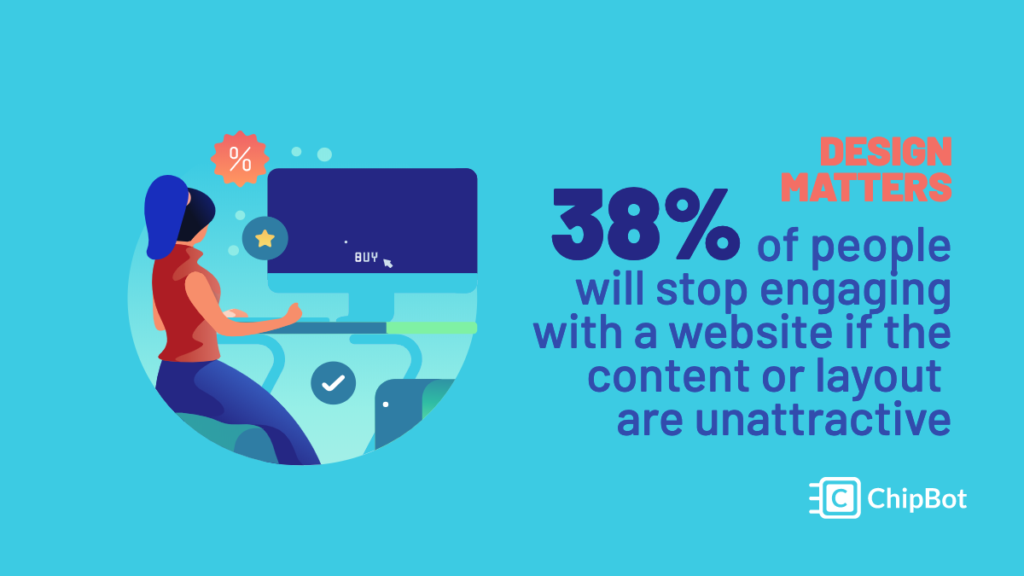
Graphic design is also integral to branding. Think about logos like Nike’s swoosh or Apple’s logo. These designs aren’t just logos—they’re instantly recognizable symbols of what the brand stands for.
That’s the power of strong visual design: it creates an emotional connection with the audience. Companies with cohesive, memorable visual branding have a better chance of sticking in consumers’ minds, which directly influences purchasing decisions.
Copywriting as a Career
Copywriting as a career offers a ton of flexibility and opportunity. It’s not just about writing blog posts or ads—it’s about strategically using words to drive action. Whether you’re working for a brand, an agency, or as a freelancer, there’s always demand for persuasive copy that sells, educates, or informs.
One key point is the versatility of copywriting. You can write anything from email sequences to landing pages, product descriptions, or social media ads. The variety keeps things fresh, and it means that the better you get, the more you can niche down or specialize in industries like e-commerce, SaaS, or healthcare marketing.
Freelancing offers endless opportunities for copywriters. In fact, over 57 million Americans freelance, with copywriting being one of the most popular fields.
As a freelance copywriter, you set your rates, choose your projects, and control your schedule. Freelancers can charge by the hour, by the word, or on a project basis. Rates vary, but experienced copywriters often command anywhere from $50 to $200 per hour depending on their niche and expertise.
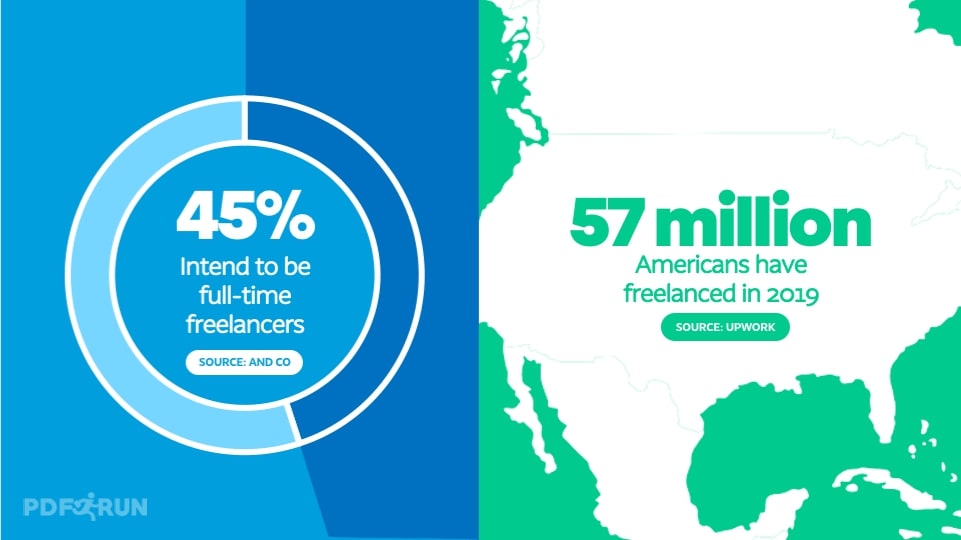
In-house positions also offer stability, especially at ad agencies, media companies, or corporations. Here, copywriters work closely with marketing and design teams to create cohesive campaigns. These positions often come with steady salaries and benefits, though you lose the freedom of freelancing.
The job market for copywriters is strong and only getting stronger, thanks to the digital transformation of businesses. As more brands shift their focus online, the demand for high-quality, SEO-driven content continues to grow.
Graphic Design as a Career
Graphic design as a career offers a perfect balance between creativity and technical skills. Whether you’re freelancing or working in-house, graphic design is in high demand across industries. From branding and web design to advertising and packaging, visual communication is key for businesses looking to stand out.
One of the most appealing aspects of graphic design is its versatility. You can work in branding, print design, web design, UX/UI, or even animation. The ability to specialize in one area or offer a broad range of services is what gives designers an edge in the competitive market.
Graphic designers in the U.S. earn an average annual salary of $52,000, but experienced designers or those who specialize in high-demand niches like UX design can make much more.
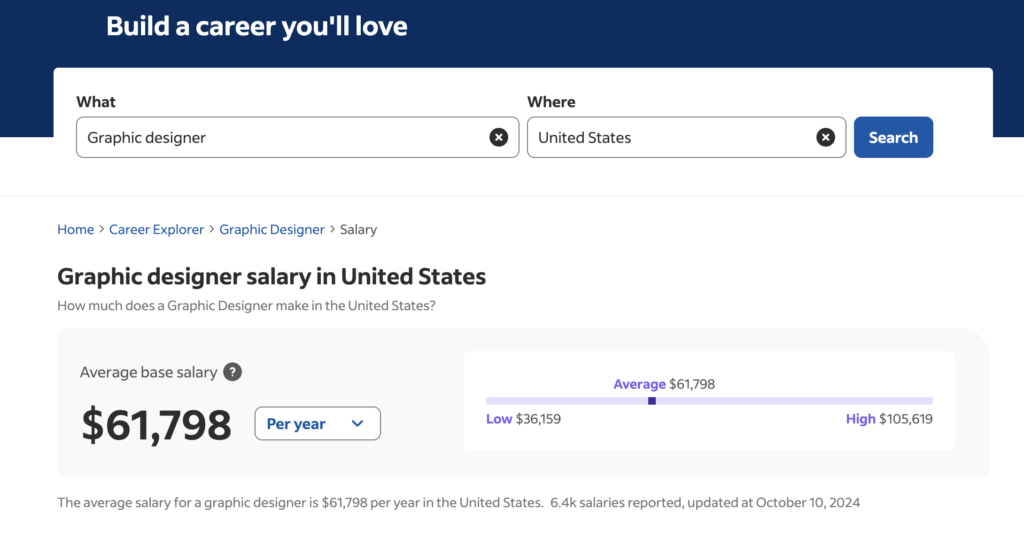
The demand for designers is only growing. Especially in digital marketing, graphic designers are essential for creating visuals that catch the eye and communicate a message quickly. Think of social media, landing pages, email marketing—visuals matter more than ever.
Freelancing in graphic design offers endless possibilities. Many companies outsource design work because they don’t have full-time designers on staff, which means freelancers can build a solid client base and work on a wide variety of projects.
But it’s not just about being creative. Designers also need to have a deep understanding of the user experience and how their designs fit into the larger marketing or product strategy.
For example, a landing page design has to not only look great but also convert visitors into leads or customers. And for that, designers need to work closely with copywriters, UX researchers, and marketers to make sure their designs are as effective as possible.
Graphic design is all about solving problems visually. It’s not just making things look pretty—designers are constantly thinking about how their work will communicate a message or enhance a user’s experience. Whether you’re working on a logo, website, or advertising campaign, your designs need to drive results.
Copywriting vs Graphic Design – Input and Output
Copywriting and graphic design differ in both process and output. Let me break it down.
Copywriters focus on words, using language to persuade, inform, and drive action. The process usually starts with understanding the target audience, crafting a message that resonates, and aligning it with the client’s business goals.
The output is all about the messaging—ads, blog posts, landing pages, or email campaigns. The copy needs to be clear, concise, and action-oriented.
Graphic designers, on the other hand, are more concerned with visual communication. Their process starts with creating visuals that enhance a message or brand identity. They work with color, typography, and layout to make designs that are not only aesthetically pleasing but also functional.
The output? Logos, brochures, website designs, and more—anything that communicates a brand’s message through images and layout.
In short, copywriters shape the message, while graphic designers shape how that message is presented. One communicates with words, the other with visuals. But they often work together to create cohesive, high-converting campaigns. Think of an ad—both the text and design need to work in harmony to capture attention and drive action.
Both disciplines share a goal: effective communication. But how they achieve that is fundamentally different. If you’re more analytical and love writing, copywriting might be for you. If you think in visuals and enjoy creativity with design software, graphic design is a better fit.
Freelancing as a Copywriter or Graphic Designer
Freelancing as a copywriter or graphic designer offers different paths, but both can be incredibly rewarding.
As a freelance copywriter, your main tool is your words. You help businesses sell products, engage audiences, or rank higher on search engines.
Freelancers often take on clients for content writing, email marketing, or ad copy. The beauty of copywriting? It’s scalable. Once you build a reputation and niche down, you can charge higher rates, especially if you specialize in high-demand areas like SEO or direct response copy.
According to Rachel’s List, the average copywriter charges $50-60/hour which is nothing to scoff at. It’s also easier to work remotely as a copywriter, as most projects require only a laptop and strong communication skills.
Your client base can be global, and you can handle multiple projects at once, giving you flexibility and potential for high earnings.
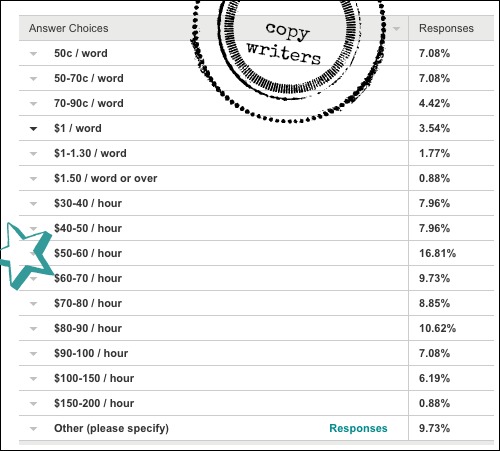
On the flip side, graphic design freelancing is all about visuals. Whether it’s logos, website design, or social media graphics, businesses need design work constantly, especially in the digital age.
Freelance designers work on everything from branding to UI/UX, and just like copywriting, niching down can make you stand out. Specialize in areas like UX design or motion graphics, and you can charge premium rates.
Graphic designers also benefit from being able to take on multiple clients, but design projects may require more time commitment due to revisions, updates, or client feedback loops.
Freelance graphic designers charge up to $150 per hour depending on expertise, with UX/UI designers commanding some of the highest rates.
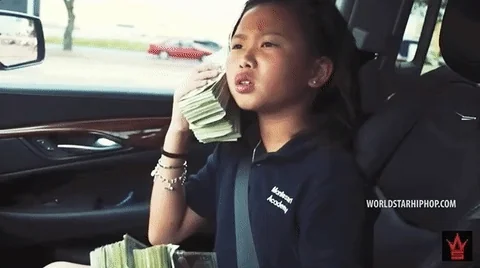
Both careers offer flexibility and high earning potential, but the key differences lie in the tools you use and how you deliver value. Copywriters leverage the power of words, while graphic designers create compelling visuals. Both are in-demand, but success comes from understanding your strengths and picking the one that aligns with your passions.
Who Should Choose Copywriting
If you love words, have a knack for storytelling, and enjoy crafting messages that persuade people to take action, copywriting might be for you. It’s all about using the right language to speak directly to a reader’s emotions, needs, and desires. You’re not just writing—you’re creating narratives that sell.
Copywriting is ideal for those who thrive on creativity, but also value the data-driven side of marketing. If you’re excited by the idea of measuring success through metrics like conversion rates or CTR, copywriting is the perfect blend of creativity and strategy.
Another sign copywriting is right for you? You enjoy psychology. Copywriting taps into understanding your audience—what motivates them, what pain points they have, and how to craft words that resonate. It’s not just about being a good writer; it’s about being a great communicator who can influence behavior.
Copywriting is also great for those who value flexibility. As a freelance copywriter, you can work from anywhere and choose your clients. You can also niche down—whether that’s becoming a specialist in SEO copywriting, direct-response ads, or writing long-form content like blog posts and white papers.
Who Should Choose Graphic Design
If you’re a visual thinker, thrive on creativity, and enjoy working with images and layouts to tell a story, then graphic design might be your ideal career.
It’s all about visual problem-solving—taking complex ideas or messages and translating them into something that people can instantly understand or connect with. If you love experimenting with colors, typography, and digital tools, graphic design lets you flex that artistic muscle daily.
Graphic design is perfect for those who appreciate a mix of art and technology. You’ll need to master tools like Adobe Illustrator, Photoshop, and InDesign, while also staying on top of new design software like Figma and Sketch—both widely used in web and UX design.
You’re constantly learning in this field, which is perfect for anyone who doesn’t want to stagnate. Design trends change, technology evolves, and business needs shift, so a graphic designer always has something new to master.
It’s a rewarding choice if you enjoy both independence and collaboration. Whether freelancing or working within a team, you’ll interact with copywriters, marketers, and clients to bring a project’s visual aspect to life.
Final Thoughts on Copywriting vs Graphic Design
Choosing between copywriting and graphic design as a career depends on your unique strengths and interests.
If you’re passionate about crafting persuasive messages with words, copywriting offers a path that blends creativity and data-driven results. It’s ideal for those who enjoy understanding human psychology and leveraging language to convert audiences into customers.
On the other hand, if you’re a visual communicator who loves solving problems through design, graphic design might be your ideal route. It’s perfect for those who think in images and enjoy combining art with technology to create impactful visuals.
Schedule a free consultation to learn more about my marketing services that will help your business drive more revenue.














